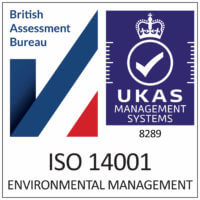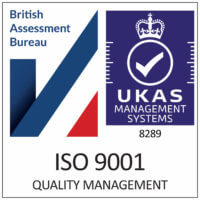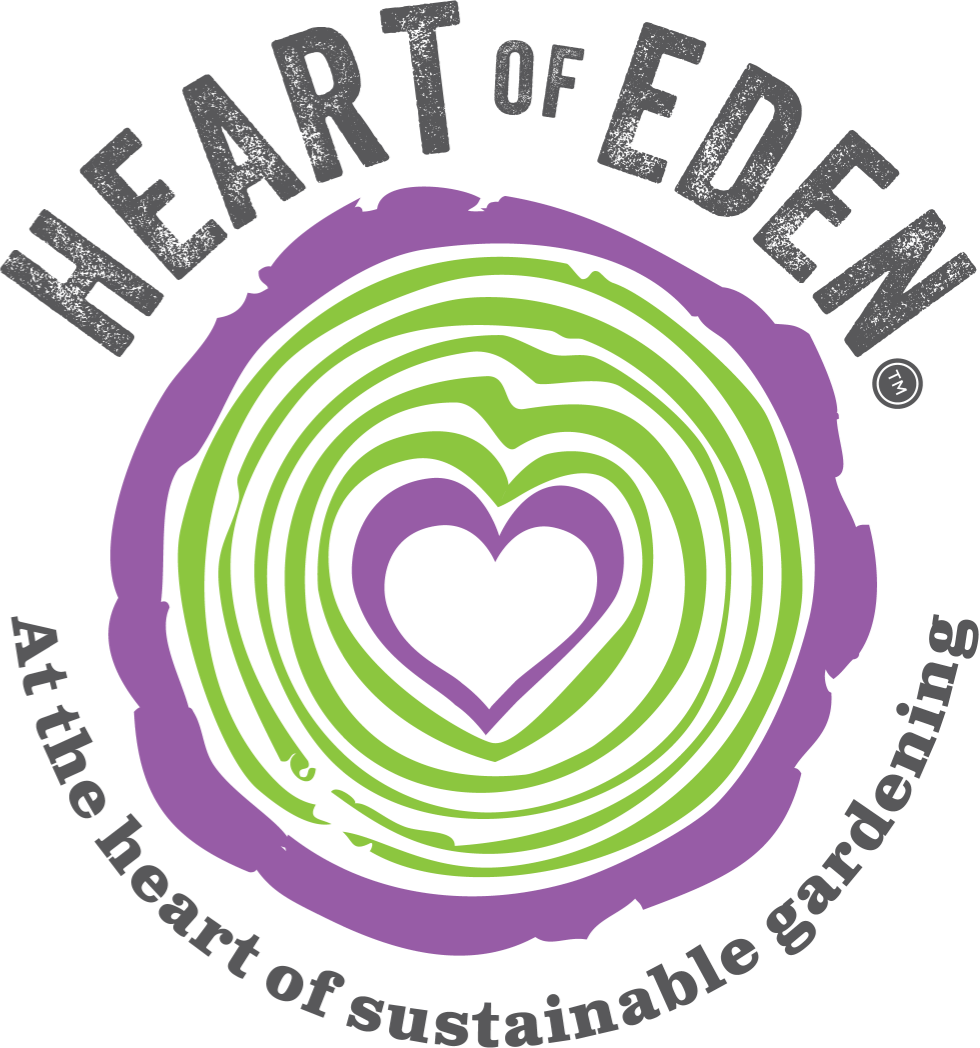Understanding the Application Rate for Peat-Free All-Purpose Compost
Oct 13th 2023
In this article, you will gain a clear understanding of the recommended application rate for peat-free all-purpose compost. As gardeners, we all strive to create thriving environments for our plants, and choosing the right compost is essential for their success. By delving into the specifics of application rates, we can ensure that we are using the correct amount of peat-free compost to nourish our gardens effectively. So, let’s dive in and uncover the optimal application rate for peat-free all-purpose compost!
Understanding the Application Rate for Peat-Free All-Purpose Compost
1. What is peat-free all-purpose compost?
1.1 Definition of peat-free all-purpose compost
Peat-free all-purpose compost refers to a type of compost that does not contain peat moss, which is traditionally used in gardening and horticulture. Instead, it is made from a blend of organic materials. This sustainable alternative is designed to provide plants with essential nutrients, improve soil structure, and promote healthy growth.
1.2 Benefits of using peat-free all-purpose compost
Using peat-free all-purpose compost offers several benefits. Firstly, it helps reduce the demand for peat extraction, which is detrimental to natural peatlands and their biodiversity. By opting for peat-free compost, you contribute to the preservation of these valuable ecosystems. Moreover, this type of compost is rich in organic matter, which enhances soil fertility and encourages beneficial microbial activity. Additionally, peat-free all-purpose compost has good water retention properties, ensuring adequate moisture for plant roots, and it can be used in a variety of gardening applications, from pots and containers to flower beds and vegetable gardens.
2. Importance of understanding the application rate
2.1 Maximizing the benefits of peat-free all-purpose compost
Understanding the application rate of peat-free all-purpose compost is crucial to maximize its benefits. Applying the correct amount ensures that plants receive the necessary nutrients and organic matter for healthy growth. Using too little compost may limit its effectiveness, while using too much can lead to imbalances in soil composition and nutrient uptake. By understanding and applying the appropriate rate, you can optimize the performance of the compost and promote optimal plant health.
2.2 Avoiding over or under application of compost
Over or under application of compost can have negative consequences on plant growth and the overall health of your garden. Applying too little compost may result in insufficient nutrient availability and poor soil structure, leading to weak or stunted plants. On the other hand, using excessive amounts of compost can overload the soil with nutrients, disrupt the balance of microbial activity, and impede proper drainage. Understanding the application rate ensures you find the right balance for your specific plants and soil conditions.
2.3 Promoting sustainable gardening practices
Understanding and adhering to the recommended application rate for peat-free all-purpose compost aligns with sustainable gardening practices. By using compost in an efficient and informed manner, you minimize waste, reduce the need for synthetic fertilizers, and contribute to a more environmentally friendly approach to gardening. It is essential to be mindful of the resources we use and make conscious choices to protect and preserve our natural ecosystems.
3. Factors affecting the application rate
3.1 Soil type and condition
The type and condition of the soil in your garden play a significant role in determining the appropriate application rate of peat-free all-purpose compost. Different soil types, such as sandy, loamy, or clay soils, have varying drainage and nutrient retention capacities. Soil that is heavy and compacted may require more compost to improve its structure, while lighter soils may require less. Conducting a soil test and observing the moisture levels and nutrient deficiencies can help you gauge the appropriate application rate for your specific soil conditions.
3.2 Plant type and requirements
The type of plants you are growing and their individual requirements should also be considered when determining the application rate of peat-free all-purpose compost.
3.3 Stage of plant growth
Plants go through different growth stages, each with specific nutrient demands. Young seedlings may benefit from a lighter application of compost to avoid overwhelming their delicate root systems. As plants mature and establish their root systems, increasing the compost application rate can provide the necessary nutrients for continued growth and development. Consider the growth stage of your plants to ensure you apply the compost in a manner that supports their current needs.
3.4 Environmental factors
Environmental factors, such as temperature, rainfall, and sunlight exposure, can also influence the application rate of peat-free all-purpose compost. Plants in warmer climates or exposed to ample sunlight may require more compost to maintain soil moisture levels. Conversely, plants in cooler or shadier areas may require less compost. Consider the unique environmental conditions of your garden when determining the application rate to provide the best growing conditions for your plants.
4. Understanding the water retention properties of peat-free all-purpose compost
4.1 Retention capacity of peat-free all-purpose compost
One of the advantages of peat-free all-purpose compost is its ability to retain water. The organic materials in the compost have excellent water-holding capacities. As a result, the compost retains moisture, reducing the frequency of watering and providing a consistent water source for plant roots. Understanding the water retention properties of the compost allows you to adjust the application rate based on the moisture requirements of your plants.
4.2 Effect on watering frequency
The water retention properties of peat-free all-purpose compost directly impact the watering frequency of your plants. Compost that retains water well may require less frequent watering, as it slowly releases moisture to plant roots. By considering the water retention capabilities of the compost, you can create a watering schedule that suits your specific plants and avoids overwatering or under watering.
4.3 Adjusting application rate based on water needs
To ensure optimal water availability for your plants, adjust the application rate of peat-free all-purpose compost based on their water needs. Plants that prefer drier conditions or have lower water requirements may benefit from a lesser application rate, allowing the soil to dry out slightly before rewatering. Conversely, plants that need consistent moisture or are situated in hot, arid environments may benefit from a slightly higher application rate. Understanding the water needs of your plants enables you to find the right balance between compost application and watering frequency.
5. Types of plants suitable for peat-free all-purpose compost
5.1 Annual flowers and vegetables
Peat-free all-purpose compost is suitable for a wide range of annual flowers and vegetables. These plants typically have moderate nutrient requirements and benefit from the organic matter and water retention properties of the compost. Common examples include petunias, marigolds, tomatoes, peppers, and lettuce. The compost provides the necessary nutrients for healthy growth and abundant blooms or harvests.
5.2 Perennials and shrubs
Perennials and shrubs can also benefit from peat-free all-purpose compost. These plants establish long-term roots and require adequate nutrients for sustained growth and flowering. Peat-free compost provides the necessary organic matter and nutrient content to support the development of strong root systems and vibrant foliage. Examples of suitable plants include roses, hydrangeas, hostas, and ornamental grasses.
5.3 Indoor plants and potted plants
Indoor plants and potted plants, whether they are foliage plants or flowering varieties, can thrive when planted in peat-free all-purpose compost. The compost provides the necessary nutrients and moisture-retaining properties for healthy growth in container gardens. Common indoor plants, such as pothos, snake plants, and peace lilies, benefit from the organic matter and balanced nutrient composition of the compost.
5.4 Trees and fruit-bearing plants
Trees and fruit-bearing plants can also be planted using peat-free all-purpose compost. These plants have specific nutrient requirements to support their growth, flowering, and fruit production. Choosing a compost suitable for these plants ensures they receive the necessary nutrients without the use of peat. Examples of trees and fruit-bearing plants that can be grown successfully with peat-free compost include apple trees, citrus trees, and strawberry plants.
6. Application rate guidelines for different plant types
Different plant types have varying application rate guidelines to ensure optimal growth and health. While these are general guidelines, it is important to consider individual plant requirements and specific soil conditions. Here are some application rate guidelines to get you started:
- Annual flowers and vegetables: Apply a 2-3 inch layer of peat-free all-purpose compost evenly around the plants’ root zones or mix it into the top 6-8 inches of the planting bed.
- Perennials and shrubs: Apply a 3-4 inch layer of compost around the base of the plants, extending to the drip line. Gently incorporate the compost into the topsoil without disturbing the roots.
- Indoor plants and potted plants: Use a potting mixture consisting of 1 part peat-free all-purpose compost and 1 part perlite or vermiculite. Fill the pots with the mixture, ensuring the plants’ roots are adequately covered.
- Trees and fruit-bearing plants: Apply a 4-6 inch layer of compost around the base of the trees or plants. Spread the compost evenly, avoiding direct contact with the trunk or stems.
It is recommended to monitor your plants’ response to the compost and make adjustments as needed. Observing their growth and overall health will guide you in fine-tuning the application rate to provide the best conditions for their specific needs.
7. Tips for applying peat-free all-purpose compost effectively
7.1 Ensuring proper mixing with existing soil
When applying peat-free all-purpose compost, it is important to ensure proper mixing with the existing soil. This allows for better distribution of nutrients and organic matter throughout the planting area. Use a garden fork or shovel to incorporate the compost into the top 6-8 inches of soil, breaking up any clumps and ensuring an even blend. Avoid piling the compost directly on top of the soil without mixing, as this can create a barrier that inhibits root growth and nutrient uptake.
7.2 Incorporating compost into planting holes
For individual plants or seedlings, it is beneficial to incorporate compost into the planting holes. Dig a hole slightly wider and deeper than the plant’s root ball and mix the excavated soil with peat-free all-purpose compost. Place the plant in the hole, backfill with the compost-soil mixture, and gently firm the soil around the roots. This method ensures that the plant receives an immediate boost of nutrients and organic matter for a healthy start.
7.3 Mulching with peat-free all-purpose compost
Mulching with peat-free all-purpose compost offers additional benefits. Apply a 2-3 inch layer of compost as a mulch around plants, creating a protective barrier that helps retain moisture and suppresses weed growth. Mulching reduces evaporation, moderates soil temperature, and provides a slow-release source of nutrients as it gradually breaks down. Avoid direct contact of the compost mulch with the plant stems or trunk to prevent the risk of disease or rot.
7.4 Regular maintenance and reapplication
To maintain the benefits of peat-free all-purpose compost, regular maintenance and reapplication may be necessary. As the compost breaks down over time, it becomes incorporated into the soil, and its nutrient content diminishes. Monitor the condition of your plants and observe any signs of nutrient deficiencies or reduced vigor. If necessary, top-dress the soil with a fresh layer of compost annually or as needed to replenish the nutrients and organic matter.
In conclusion, understanding the application rate for peat-free all-purpose compost is essential for maximizing its benefits and promoting sustainable gardening practices. Consider factors such as soil type, plant type, stage of plant growth, and environmental conditions when determining the appropriate application rate.






